Banknote Production Process(photo)
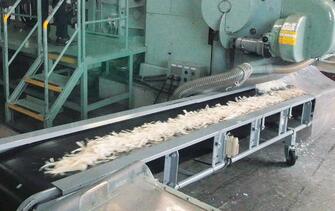
Pulp, the raw material for paper, is shredded into fine pieces using a paper shredder. The paper material for banknotes is made from mitsumata (Oriental paperbush or Edgeworthia papyrifera), abaca pulp, and other fibers.
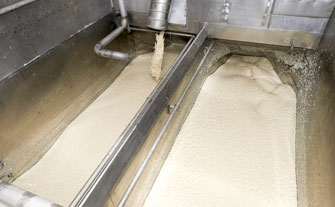
The paper material is defibered appropriately for different applications.
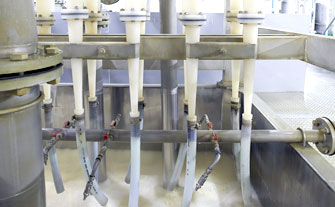
Dust and other foreign matter is removed from the paper material.
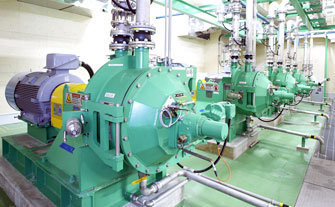
Closely intertwined fibers make paper strong. Thus, fibers are ground so that they will mesh well with each another.
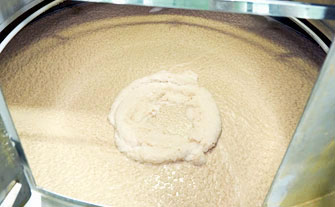
Various materials for paper are mixed with chemicals to produce the final paper material for banknotes.
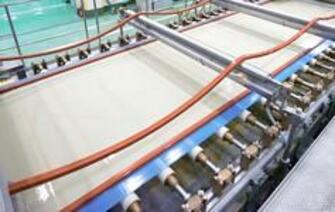
Sheets of paper are made from paper material using paper machines. This process is called paper making, in which paper material is poured over a net to create a thin layer of paper, which is then dried and rolled up. Delicate watermarks are also created during this process.
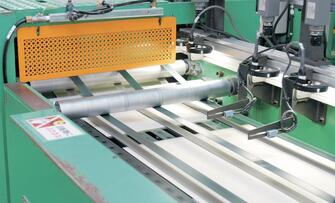
Rolled paper is cut precisely to predetermined dimensions.
In this process, the roll of banknote paper is changed into sheets (large sheets of paper).
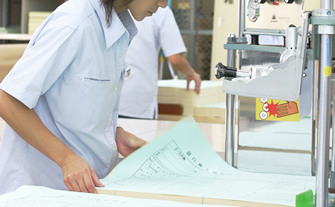
Paper sheets are counted accurately using a counting machine.
Sheets of banknote paper are sent to the printing process.
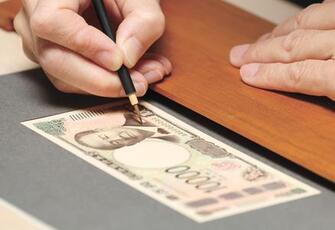
The National Printing Bureau has designers with advanced skills and a wealth of experience who specialize in designing and plating banknotes.
Designers use brushes and pigments to create original full-scale drawings.
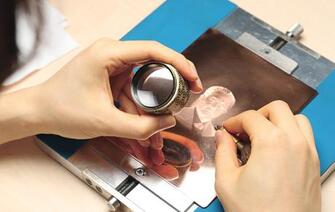
Original plates are carefully engraved by highly-skilled and experienced designers.
The texture and the spatial effect of the design are created by making minute changes to the thickness of the lines and to how the plates are engraved.
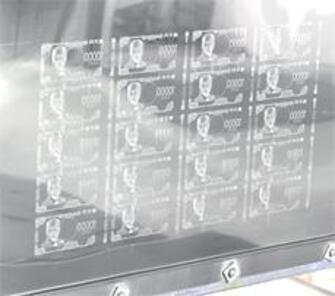
A printing plate is created from each of the completed original plates.
During the printing process, a pressure of one ton is applied per square centimeter of the plate. In order to prevent the plates from wearing out during the printing process, they are coated and given a smooth and hard finish.
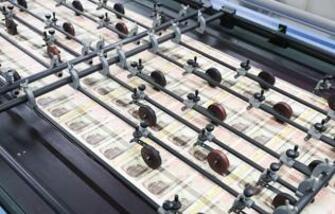
Banknotes are printed using a banknote printing machine developed by the National Printing Bureau.
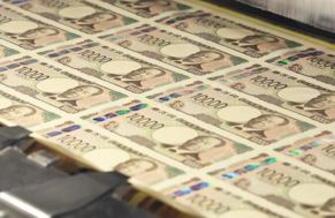
Holograms, an anti-counterfeit technology, are applied onto each sheet.
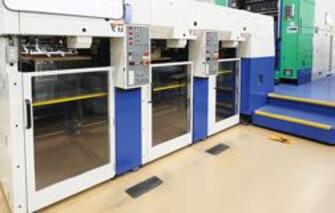
Serial numbers, needed for the management of valuable banknotes and other uses, are printed on sheets.
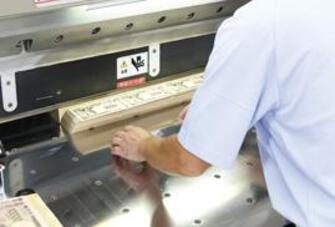
Printed large sheet of papers are precisely cut into predetermined dimensions.
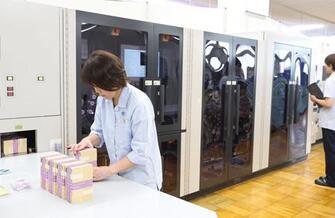
After cutting, pieces are inspected, counted and banded, and packaged in units of 1,000 notes.
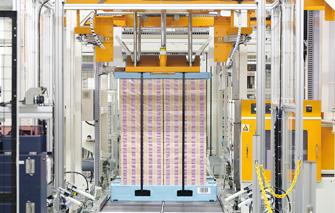
Bundles are individually wrapped for delivery to the Bank of Japan.
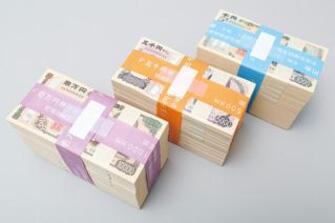
Banknotes as described above are produced daily at the National Printing Bureau.



















